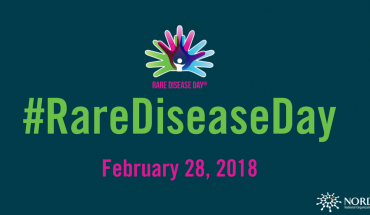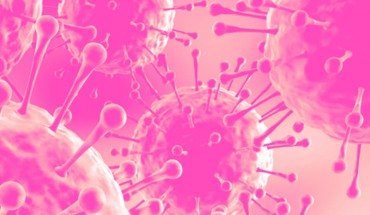New research, from scientists at Imperial College London, unravels how so-called bacterial persister cells manipulate our immune cells, potentially opening new avenues to finding ways of clearing these bacterial cells from the body, and stopping recurrence of the bacterial infection.
The latest findings, published in the journal Science, may help explain why some people suffer from repeated bouts of an illness, despite taking antibiotics.
In the study, funded by the Medical Research Council, the Lister Institute and EMBO, the scientists, in collaboration with the Vogel lab at the Helmholtz Institute for RNA-based Infection Research in Germany, studied bacterial cells of Salmonella called persisters.
Whenever bacteria such as Salmonella invade the body, many of the bugs enter a type of stand-by mode in response to attack by the body’s immune system, which means they are not killed by antibiotics.
These bacteria persister cells stop replicating and can remain in this dormant, ‘sleeper-cell’ state for days, weeks or even months. When antibiotic treatment has been stopped, some of these bacterial cells can then spring back to life, and trigger another infection.
Dr Sophie Helaine, senior author of the research from the MRC Centre for Molecular Bacteriology and Infection in Imperial’s Department of Medicine explained: “Persisters are often the culprit for repeat or hard-to-treat infections. The classic scenario is a person suffers some type of illness – such as a urinary tract infection or ear infection, and takes antibiotics that stop the symptoms, only for infection to return a few weeks later.”
These persister cells are formed when bacteria are taken up by macrophages, which are human immune cells that have a key role in protecting the body against infections by engulfing bacteria and viruses. Once inside the macrophage, the persister can exist in this state in which antibiotics can’t kill it for weeks, or even months.
Persisters were discovered in 1944 and were thought to be dormant inactive bacteria lying low in the body, acting as time bomb for relapse.
In the latest research, the scientists reveal that the persisters, while hiding in the body’s immune cells, are actually able to weaken the killing ability of the macrophages.
Dr Peter Hill, co-author of the research from Imperial explained: “Previously, it was thought the persisters are completely dormant. However the reality we revealed here is much scarier. They chip away at the defences from the inside, weakening the power of the macrophages – which are a key part of our arsenal against infection. This means that once antibiotic treatment stops, they might have created a much more favourable environment for another bout of infection, or even a completely new infection from another bacteria or virus.”
Although scientists studied Salmonella infection of mouse macrophages in this research, many types of bacteria that commonly cause illness are known to form persisters in humans, including E.coli and the bacillus responsible for tuberculosis.
The scientists are now investigating whether there is any way of turning the tables against the bacteria, and if they can target the mechanism by which the persisters weaken our immune cells.
Dr Helaine added: “Although these findings suggest the persisters have a more profound effect on our immune defences than previously thought, they also reveal a potential bacterial weakness. Persisters are hard to treat as they are invisible to antibiotics, but it may be this mechanism of weakening our immune cells could be a vulnerability of these persisters. We could potentially target this mechanism, and more efficiently clear hard-to-treat infections.”
- New lipid-based pathway discovered as key to memory formation - 25th June 2025
- Crucial link could explain how Alzheimer’s takes hold - 25th June 2025
- Understanding Your Mind Can Improve Daily Life - 25th June 2025







Given how little we really know about how the body works, even though we know more than we did a century ago, is it not hubris of the worst kind for science-medicine to be seeking to manipulate human function as it does? I mean, surely caution is a sensible approach and less is more, wisest. Vaccines are a classic case of science-medicine gone mad when you look at the rise from 3-4 at older ages in the Seventies to more than 50 vaccinations in the first five years of life, beginning within hours of birth. Who guarantees this experiment does… Read more »